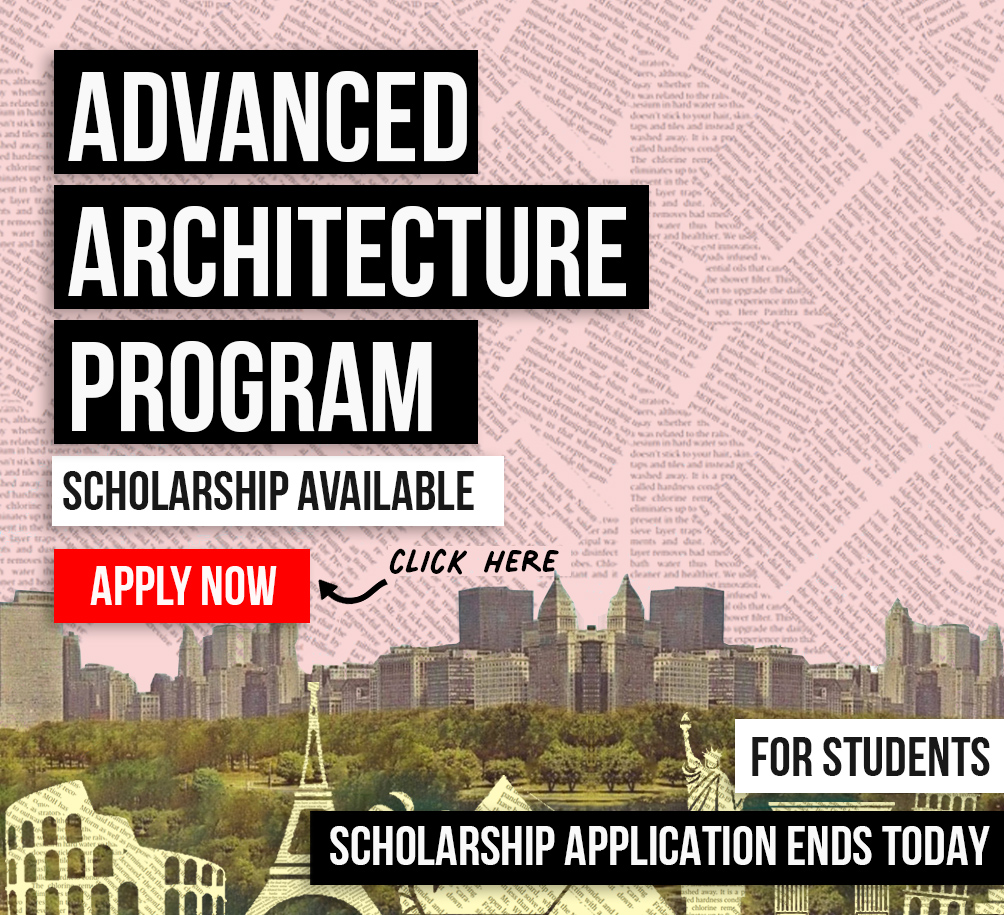A new invention is created each day just to advance the lifestyle of human beings and provide a much more comfortable life. Discussing Digital Vs. Analog and how the fields of architecture have evolved in terms of innovation and technology, we have come a long way, whether it is about imagining the space better or about constructing an energy-efficient building, but when it comes to art and design people generally have the perception of sticking to the traditional means and consider technology as a threat believing in the ideology that technology is a double-edged sword, hence it would also have an adverse effect.


Heading towards the digital world
Numerous believe that digital technologies have made the world a better place, and designers can imagine in a better way. Technology has made it easier to fantasize and visualize in recent times, not just for engineers and construction workers but also for the commoners out there. Clients nowadays desire a more accurate representation of how the area will appear after construction. It is becoming easier to develop a stronger relationship between the architect and the customer as technology advances. This is made feasible through remote support based on augmented or virtual reality, in which 3D models of projects may be discussed and adjusted to meet the needs of each situation.
Digital reality has only recently emerged and is already revolutionizing civil construction. Changes can be noticed not just in design and modeling but also in construction. Engineers, designers, architects, project managers, and service providers all profit from augmented reality.
The concept is that augmented reality programs can provide a more exact representation of what will be created, including all layers of materials and installations, which are frequently difficult to understand through drawings. 3D plans and even virtual model holograms are used to improve comprehension and facilitate project execution. Even during construction, the ability to look through walls and comprehend the path of technological installations makes the process easier and decreases the possibility of errors.

A big revolution
Software programs and technology can now complete several people’s tasks in practically all industries in a fraction of the time. This is also applicable to the design industry. Designers have had no choice but to use hand drafting for many years.
With the introduction of computer-aided drawing (CAD), everything was revolutionized. BIM is in demand nowadays because it enables teams involved in design and construction to operate more productively and to record the data they produce during the process for use in operations and maintenance. More countries are requiring BIM because of this.
Architects and students are experimenting with new software due to its better quality and the possibility of creating visually appealing drawing displays. Software is available for each stage of work, from drawing the plan to obtaining a 3D perspective of it, perceiving the materials that will be used in its construction, and obtaining an accurate estimation of the project with every minute detail.
An Important tool in today’s world
Embracing technology is critical for architects to prosper in a world that is now conscious of the importance of sustainability. Technology is becoming increasingly essential in making buildings more sustainable by making it easier to choose green materials and consume less energy. Architects can use advanced modeling and simulation technologies to analyze and optimize their designs for energy efficiency, thermal performance, and sustainability. This results in more environmentally friendly structures that use less energy and materials.
Another way to use technology for sustainability in construction projects is through smart building materials. These materials include energy-efficient insulation, recycled steel, bamboo flooring, and other long-lasting, low-maintenance items. By adopting these materials, builders can dramatically minimize their carbon footprint without losing quality or aesthetics.
The use of environmentally friendly building materials reduces the amount of material used in construction projects while retaining quality and longevity. Because these items use recycled components, landfill waste, and expenses are decreased when compared to typical solutions.

Diminishing Traditional Methods
AI has already begun to provide various platforms where we can have different options for how the space will appear, and the catch is that they can be easily generated. Given the complexity of the work that designers conduct, educating people about the value of designers may be one way to resolve this issue. It involves handling a difficult, multi-faceted problem and making several debatable decisions that call for trade-offs. Although AI-generated concepts could aid designers in working as effectively as possible, they cannot compare to the work of a skilled designer.
Numerous studies have shown that focusing on systems for long periods inhibits creativity. Because of the risks and pressures of new technology, traditional knowledge systems have started to disintegrate. New procedures that would produce results faster have replaced traditional methods used by the artisans. Additionally, volume and pace cause a trend’s lifecycle to finish relatively quickly.
As a whole, architects must consider how technology may affect their work and apply it responsibly to maximize benefits and minimize drawbacks. This requires utilizing technology to design structures that are environmentally friendly, visually pleasing, and technically inventive. The importance of the human element in architecture must not be overshadowed by technology, and buildings must continue to be created with people and their surroundings in mind.
References:
Dogan, R. (2023) The evolution of architectural practice: From hand drawings to computer-aided design to AI integration, Parametric Architecture. Available at: https://parametric-architecture.com/the-evolution-of-architectural-practice-from-hand-drawings-to-computer-aid-design-to-ai-integration/ (Accessed: 01 October 2023).
Wang1, C. (2021) IOPscience, Journal of Physics: Conference Series. Available at: https://iopscience.iop.org/article/10.1088/1742-6596/1915/3/032043/meta (Accessed: 01 October 2023).
















